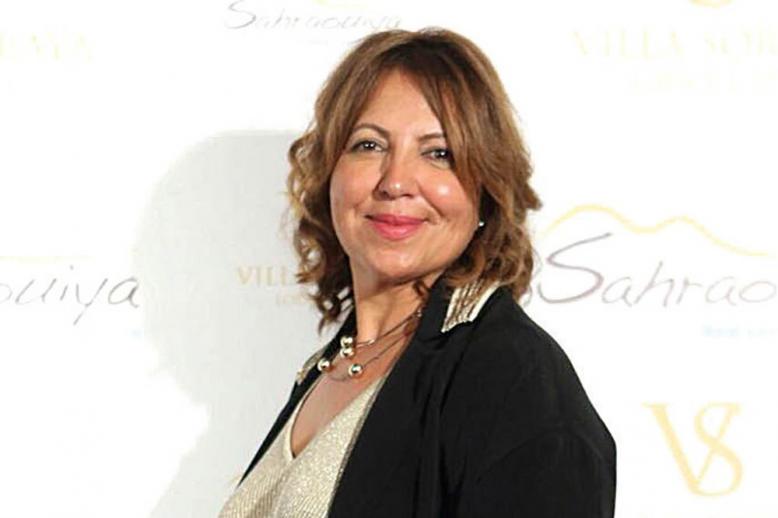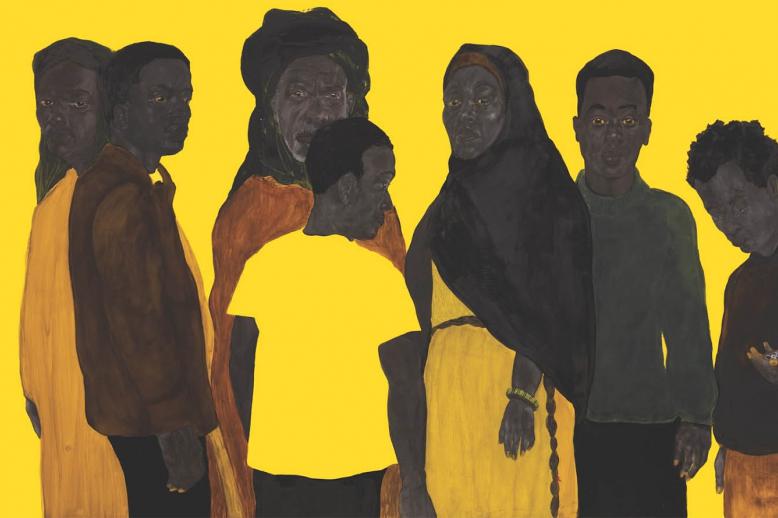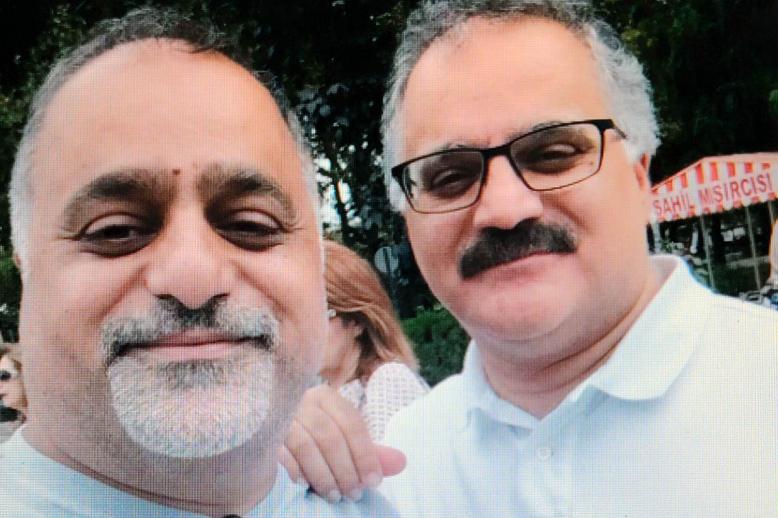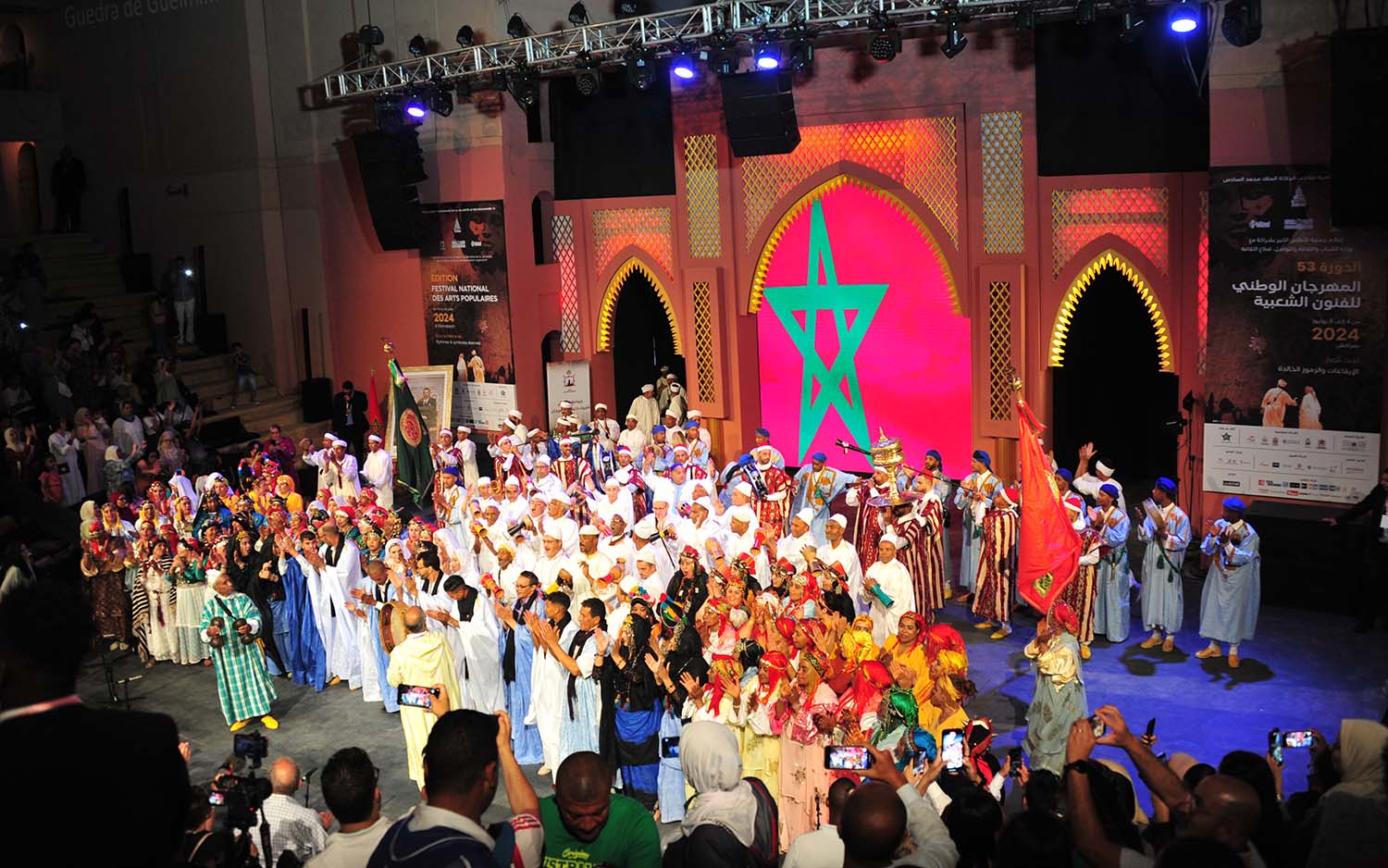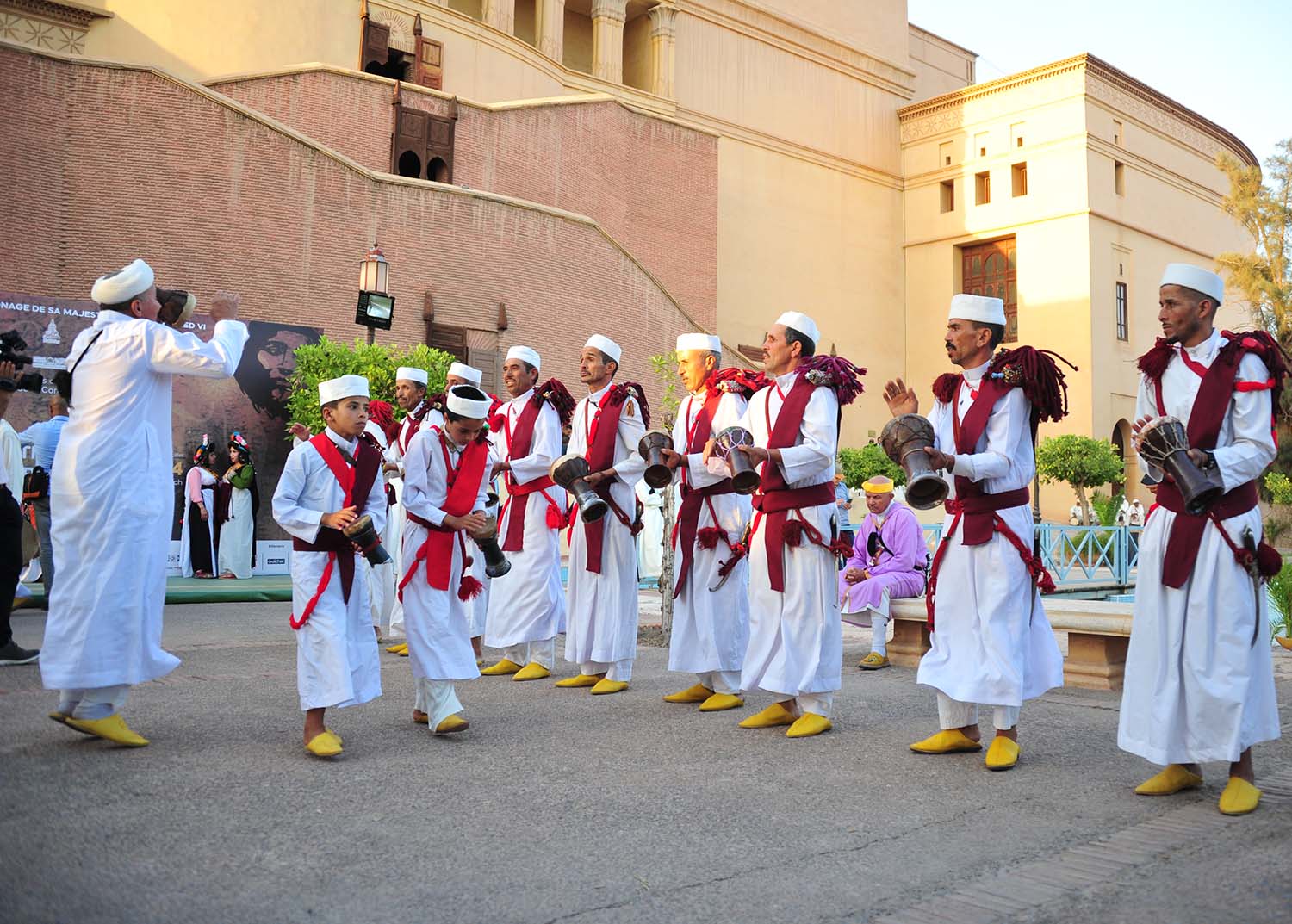
Artists praise FNAP for preserving Morocco’s priceless heritage
MARRAKECH – Several popular arts musicians from across Morocco praised the National Festival of Popular Arts (FNAP), which is held in Marrakech, for its active role in preserving the North African Kingdom’s intangible heritage.
Brahim Bikri, president of the association of the preservation of cultural heritage and the leader of the Issawa troupe of Fez, said that they feel very valued as artists in the festival.
“Our beloved King Mohammed VI is preserving this heritage from extinction because he knows that it is Morocco’s true identity,” said Bikri.
The well-spoken Issawi artist praised the Grand Atlas Association and local authorities in Marrakech for making this event a success and safeguarding the mosaic of the country’s cultural heritage.
“Preserving intangible heritage also preserves the troupes’ dresses which are handmade and represent our centuries-old identity,” said Bikri.
“Festivals like the FNAP play a major role in preserving both tangible and intangible heritage, from artists to tailors and craftsmen. Supporting these festivals both financially and morally allows us to thrive and pass this priceless heritage onto other generations,” he added.
Children accompanying their fathers in several troupes was a sign of reassurance that heritage is still far from extinction despite the growing influence of social media that has had an impact on the youth to seek better opportunities by either rural or overseas migration.
Ahmed Baron from Ahouach Imintanout brought his child with him to be part of the troupe and learn from his father.
“Our forefathers have preserved this heritage. We are here to prove that it is going to last for many years to come, said Baron, who insisted on his child’s education first besides the troupe, which includes three generations of artists.

Saleh Mensari, the leader of Abidat Rma of Oued Zem, is a regular at the festival.
“It is our 24th participation in the festival, which is why we are very popular here,” said Saleh.
“Our songs are a blend of political, social and satirical topics, allowing the fans to interact with us,” said Mensari as he held big scissors, a key traditional instrument used while singing.
Mensari said that the dance moves emulate the foal.
Abdellah Ait Lhaj, the head of Ahouach Taroudant, thanked the festival organisers and urged the Marrakechi public to come and watch them perform throughout the festival.
Wearing a glittering blue djellaba ornamented by the khanjar (traditional dagger), Ait Lhaj leads his troupe with a synchronised dance based on shoulder and feet movements.
“The khanjar is more than 30 years old and is 100% made in Morocco,” he said.
“My father was the head of the troupes but he retired and handed me the khanjar,” he proudly explained.
Mohamed Knidiri, president of FNAP and the Grand Atlas Association, said the festival is considered as a big heritage event for the country, which represents Moroccans’ identity and culture.
Samira Lemlizi, Secretary General of the Ministry of Youth, Culture and Communication, emphasised the high patronage of King Mohammed VI which guarantees continuity and radiance of the festival, which continues to bear its fruits in Marrakech since its inception in 1960s.
“These are laudable efforts that have been found in the masterpieces of our rich artistic heritage, a strange attraction that dazzles with its diversity and its continuing effects for successive generations, despite the transformations witnessed in forms of viewing and tastes,” said Lemlizi at the opening ceremony of the festival.
She extended her great praise to musicians, artists, poets and associations for their decisive role in preserving popular arts, enriching them, conveying them to the future, and presenting them to the world in their best forms of excitement and entertainment.
More than 700 Moroccan artists as well as almost 100 international artists from Asia and African are taking part in the FNAP from July 4 to 8 in Marrakech.
Since 2022, the FNAP has opened up to international cultures, including Spain, Germany and China.
“There is an exchange of popular arts and cultures between countries. This year, we invited China due to the strong ties between the two nations, which have very rich cultural history,” said Knidiri.



